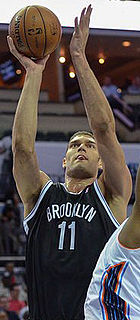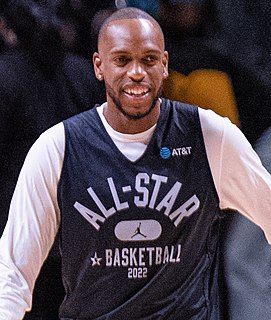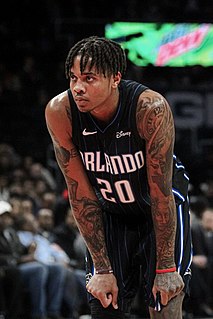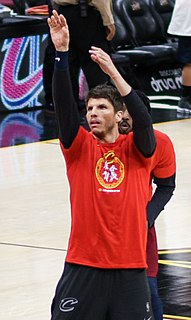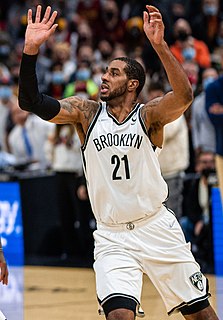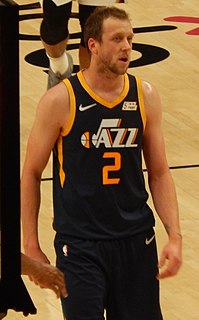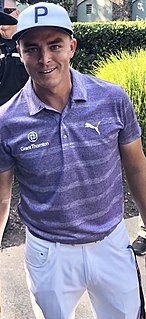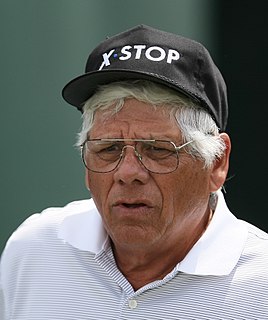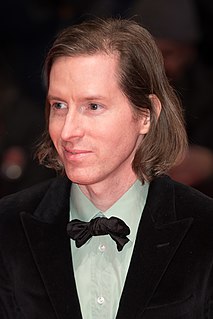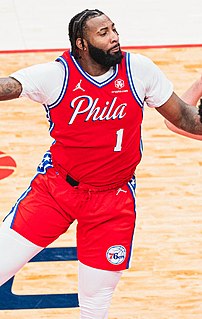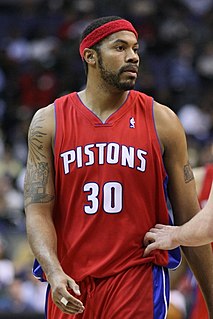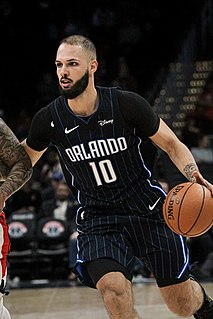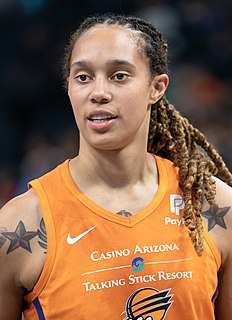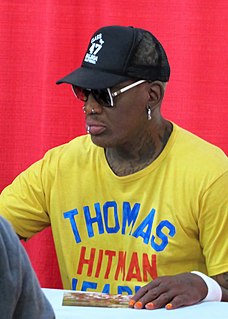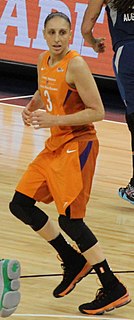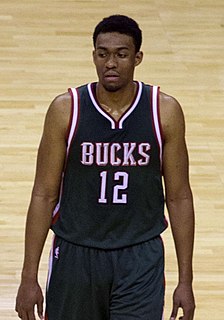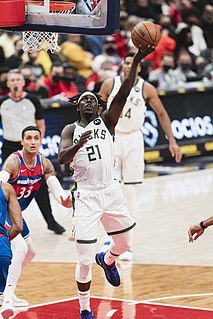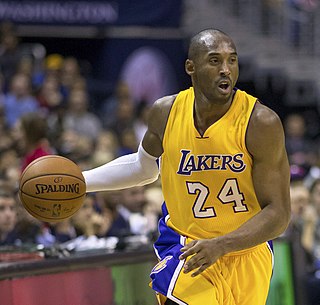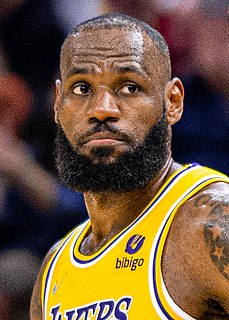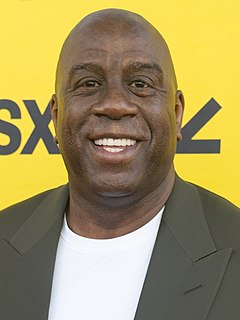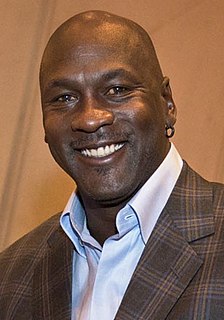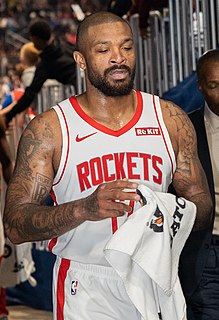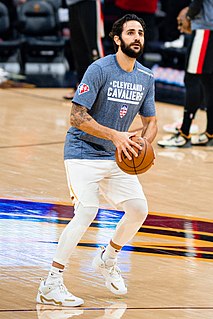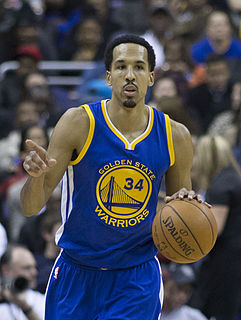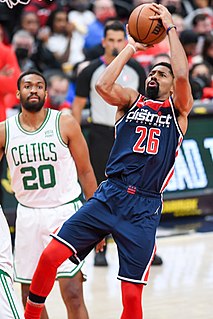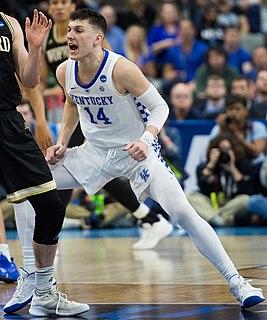A Quote by Brook Lopez
You have to go in with a mindset, just if you're open you're going to shoot your shot.
Related Quotes
I've always been a workout type guy. So if I'm feeling down or I'm not happy with something, I go to the gym and I get a shot of energy. If things don't go well in any aspect of my life, I'm going to the gym and I'm going to shoot. That's my one type of place that's a safe haven where I go and it's just me, the basketball and the hoop, and I'm just doing something I love to do.
You go through slumps. The shot feels good in practice and looks good and for whatever reason in the game, they're in and out. Sometimes it gets frustrating, but for me, I've played in the league long enough to know you just have to put in the work in practice and shoot with confidence, shoot your way out of it.
All you can do is really the prep work and make sure you're ready to hit each golf shot. Outside of that, you're not sure really what's going to happen. It's a funny game, but I think that's why I love it. You never know, one day to the next; you could go shoot 62, and the next day you're going to shoot 78, and you can't predict it.
